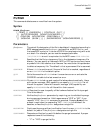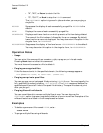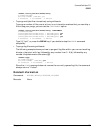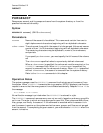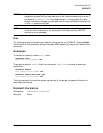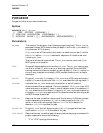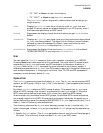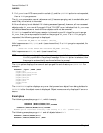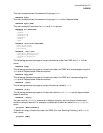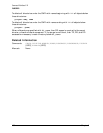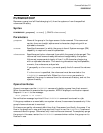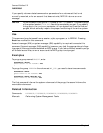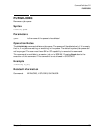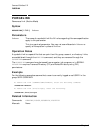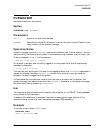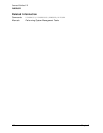
Chapter 6 455
Command Definitions P-R
PURGEDIR
The next example shows the command to purge MYDIR.
PURGEDIR mydir
The next example shows the command to purge MYDIR and all objects below.
PURGEDIR mydir;TREE
The next example illustrates the SHOW and TREE options.
PURGEDIR dir;SHOW;TREE
./DIR/A
./DIR/B
./DIR/dir1/A
./DIR/dir1/B
./DIR/dir1
./DIR/C
./DIR
PURGEDIR /dir1/dir2;SHOW;TREE
/dir1/dir2/file1
/dir1/dir2/file2
/dir1/dir2
PURGEDIR ./foo/;show
./foo/dir1_below_foo/f1
./foo/dir1_below_foo/f2
./foo/dir1_below_foo
./foo
The following command purges all empty directories under the CWD with TMP in their
name.
PURGEDIR @tmp@
The following command purges all directories under the CWD with names beginning with
TMP, and all objects below these directories.
PURGEDIR tmp@;TREE
The following command purges all directories under the CWD with names ending with
tmp, and all objects below these directories.
PURGEDIR ./@tmp/
The following command purges all empty directories rooted to /a/b.
PURGEDIR /a/b/@
The following command purges all directories rooted to CWD/a@/b@ and all objects below
these directories.
PURGEDIR ./a@/b@/
You can use the PURGEDIR command to delete a directory and the files or directories it
contains using wildcards. For example, to delete all directories rooted to MYACCT/MYGRP
enter:
:purgedir /MYACCT/MYGRP/@
To delete all empty directories under the CWD (Current Working Directory) with TMP in
their name:
:purgedir @TMP@



